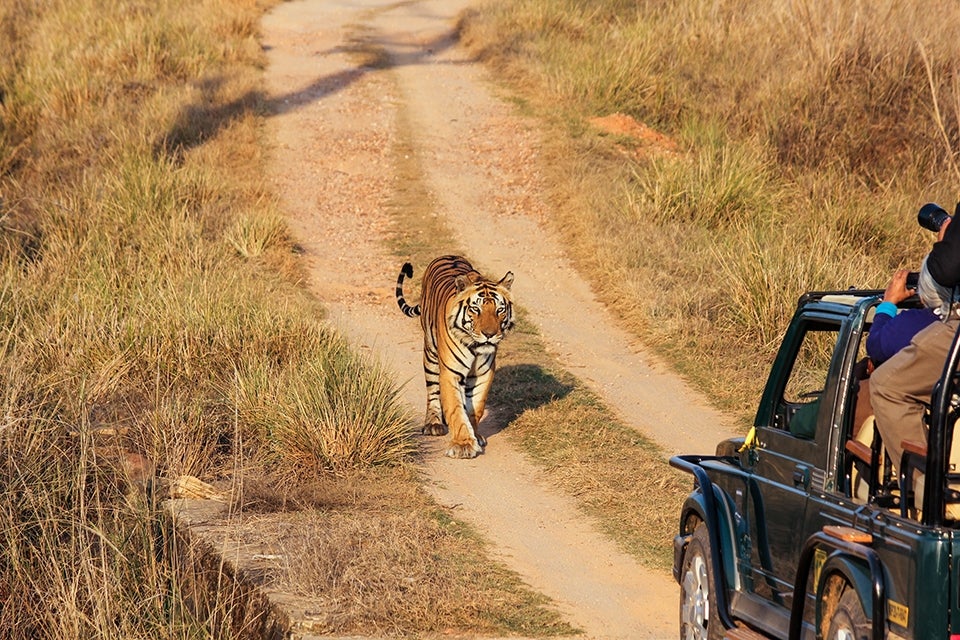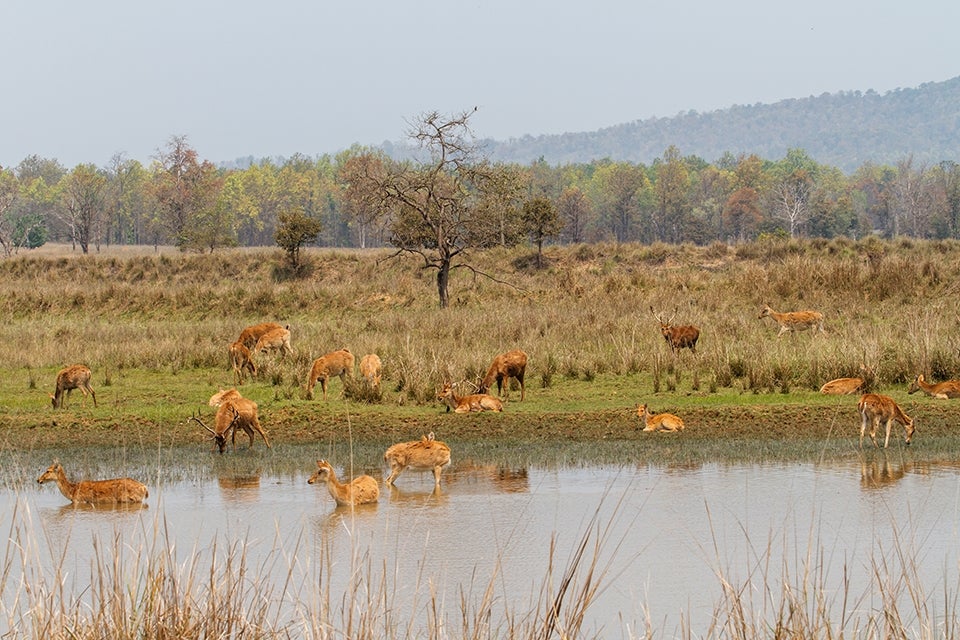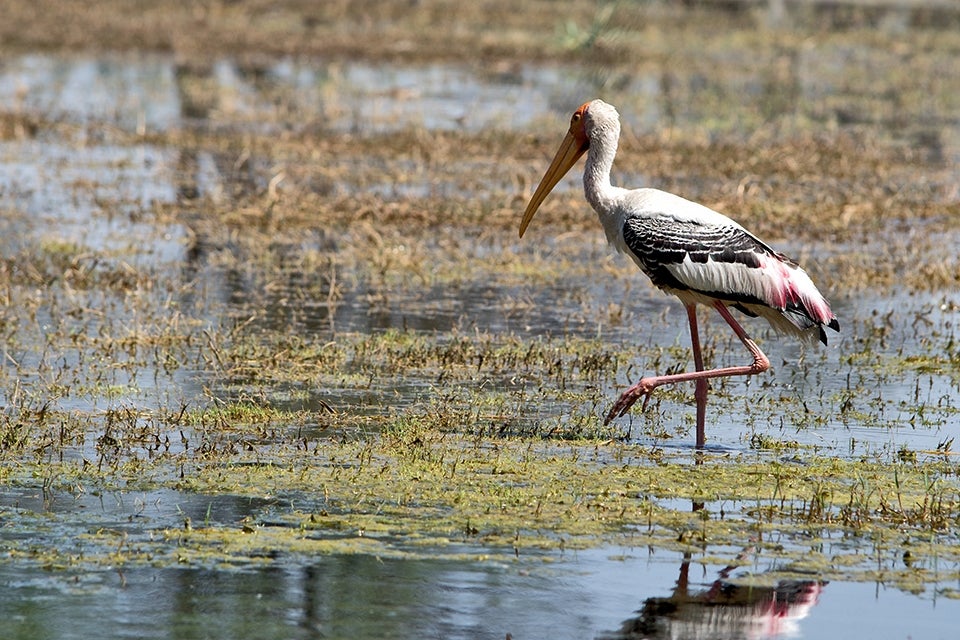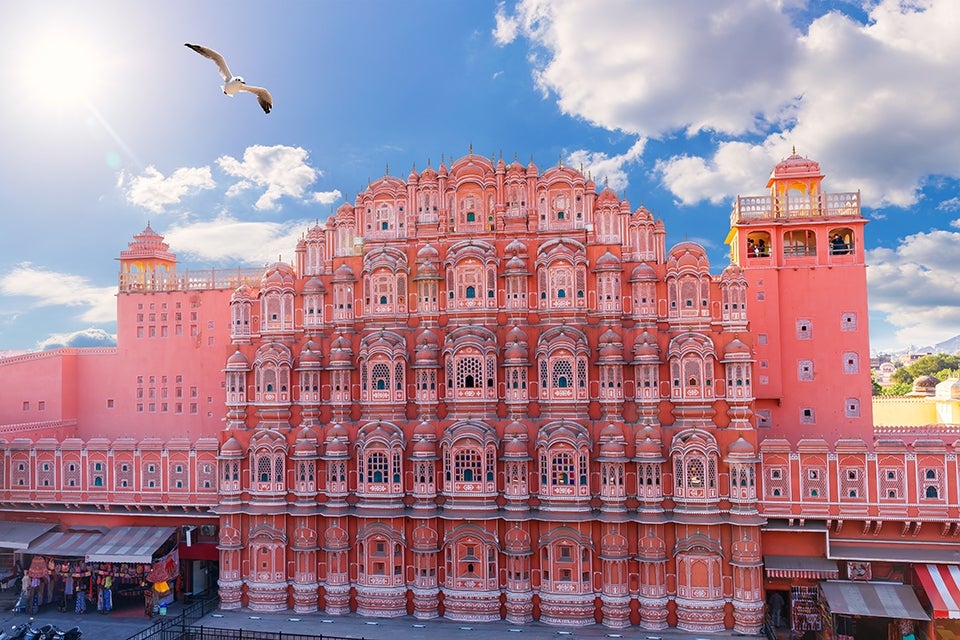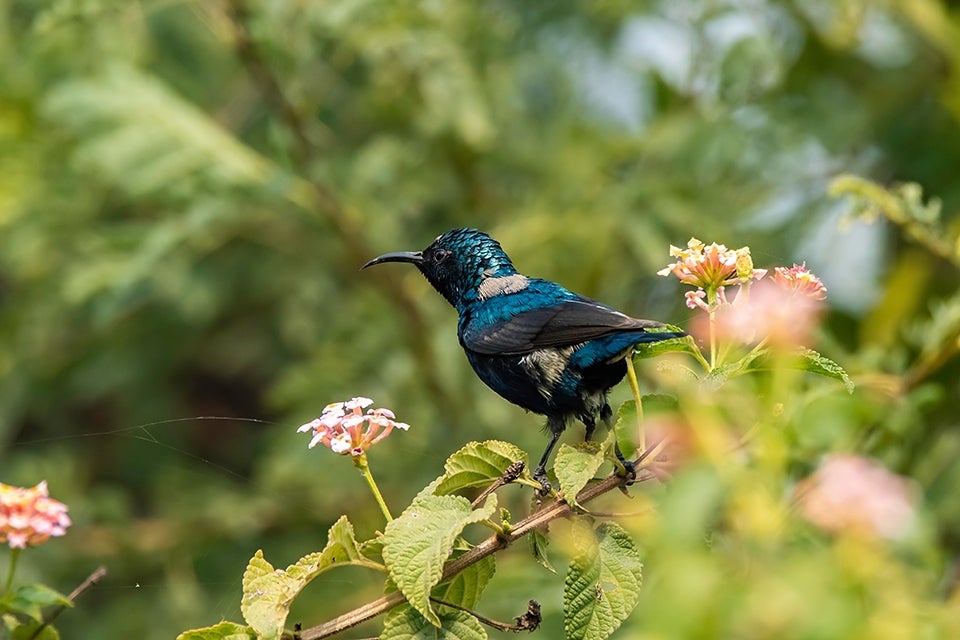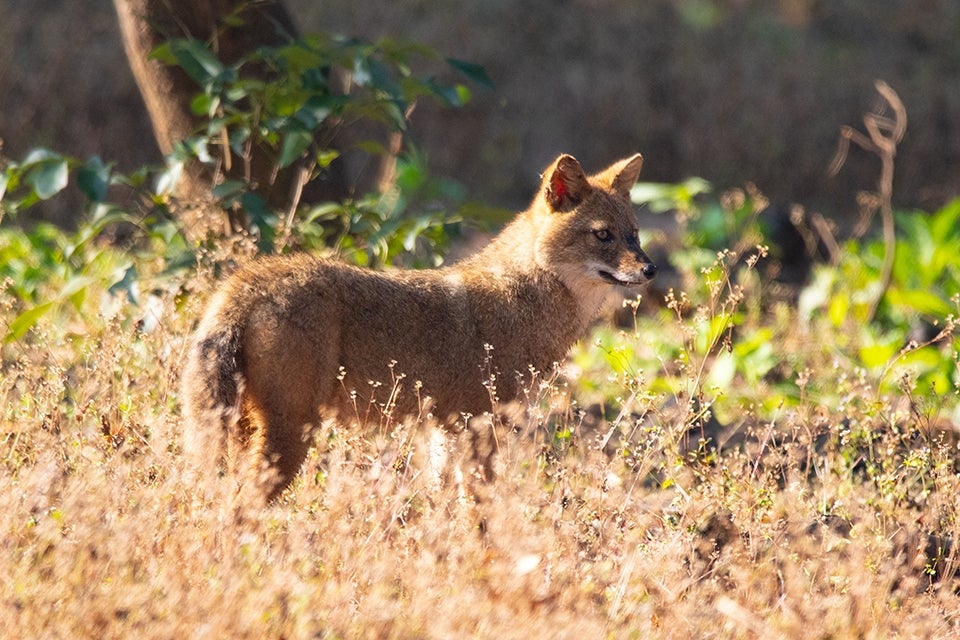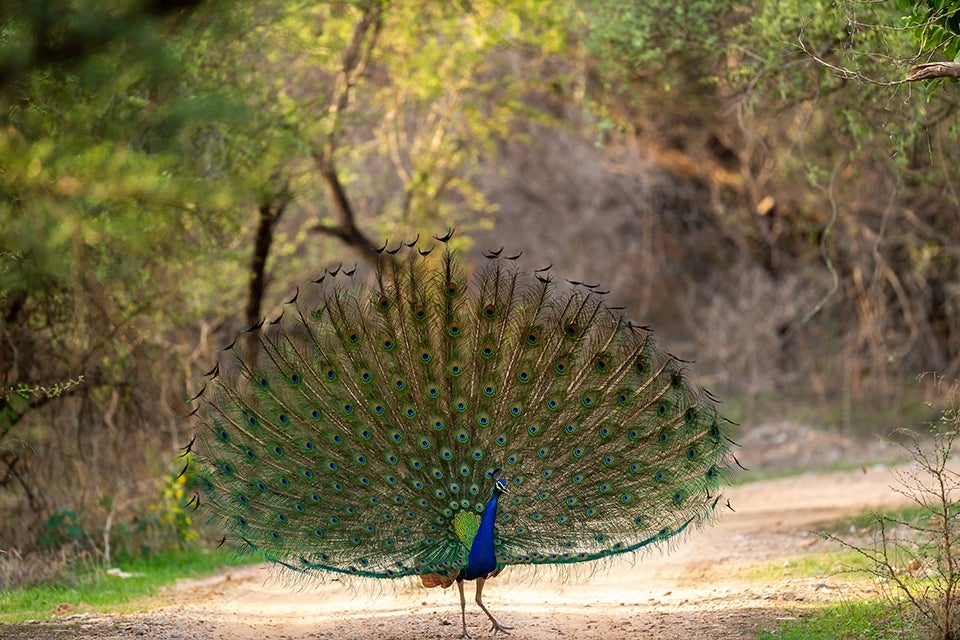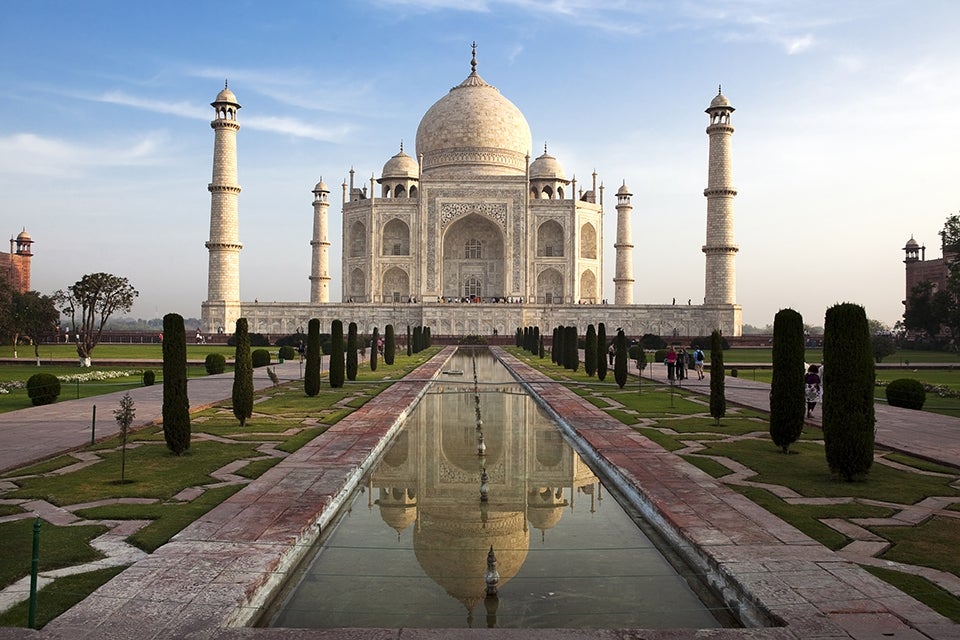Group Size: 15-30 participants
Price: Starting from $9,995 per person, double occupancy
Co-sponsored with: Harvard exclusive
Trip Overview
This itinerary showcases the rich variety of cultural, natural, and historical treasures for which India is renowned. The country is home to numerous national parks, each sheltering a fascinating array of wildlife—many rare, some unique, and a few critically endangered. From Bengal tigers and leopards to barking and spotted deer, jackals and sloth bears, painted storks, and winter migrants like the endangered Siberian crane, India’s extraordinary biodiversity will captivate and enchant you.
Explore Kanah National Park, one of the largest game parks in India and the inspiration for Rudyard Kipling’s The Jungle Book; Ranthambore National Park, famed for its tiger population; Jhalana Leopard Safari Park; and Keoladeo National Park, home to thousands of resident and migratory birds that winter in its wetlands.
In addition to highlighting India’s diverse wildlife, this itinerary includes visits to significant cities and historical landmarks. Learn about Mughal empire and visit the majestic forts and palaces of the Rajput Maharajas. Discover four UNESCO World Heritage sites: Humayun’s Tomb in Delhi, Keoladeo Ghana National Park (designated for its exceptional avian biodiversity), Agra Fort, and the incomparable Taj Mahal.
Schedule by Day
Pricing
- $9,995 per person, double occupancy
- $3,000 single supplement
Airfare per person for two on-tour flights Delhi/Paipur//Raipur/Delhi: $350
Accommodations
- Deli - Taj Mahal (2 nights)
- Kanha - The Bagh (4 nights)
- Delhi - Radisson Blu (1 night)
- Jaipur - Jai Mahal Palace (1 night)
- Ranthambhore - Sawai Madhopur Lodge (3 nights)
- Bharatpur - The Bagh (1 night)
- Agra- Oberoi Aramvilas (1 night)
- Delhi - Radisson Blu (1 night)
What to Expect
Please note that this tour is a fast-paced, moderately strenuous program that is at times physically demanding and requires you to be in good health. To take full advantage of the outstanding opportunities this journey offers, there will be a few early-morning departures, with activities throughout the day and into the evening. Daily activities can involve one to three miles of walking over the course of a day, sometimes on narrow and crowded streets with uneven footing, and climbing stairs (often without handrails). Sightseeing within historic palaces and temples is on foot. Shoes must be removed in temples, but socks can be worn. Morning and evening game drives will be in 4-wheel drive vehicles. Birdwatching in Keoladeo Bird Sanctuary is in 2-seat bike rickshaws.
Transportation between cities and games parks is in modern, air-conditioned motor coaches. Generally, the drives are one to two hours; however, this itinerary has four drives that are four and a half hours, and the drive from Jaipur to Sawai Madhopur, takes about three and a half hours. We may encounter congested multi-lane highways and bumpy, narrow roads. Stops will be made along the way, and photo opportunities abound.
This expedition is not suitable for those with a serious medical condition, a medical issue that might be adversely affected by strenuous travel, or limited mobility. The prospect of illness or hospitalization while traveling in India should not be taken lightly. If you have any questions about your ability to participate in this expedition, please call us.
We anticipate this to be a memorable journey, but as with all travel, a flexible attitude and a spirit of adventure will enhance your enjoyment of this program. You do not have to participate in all the scheduled activities, except when traveling to the next destination.

